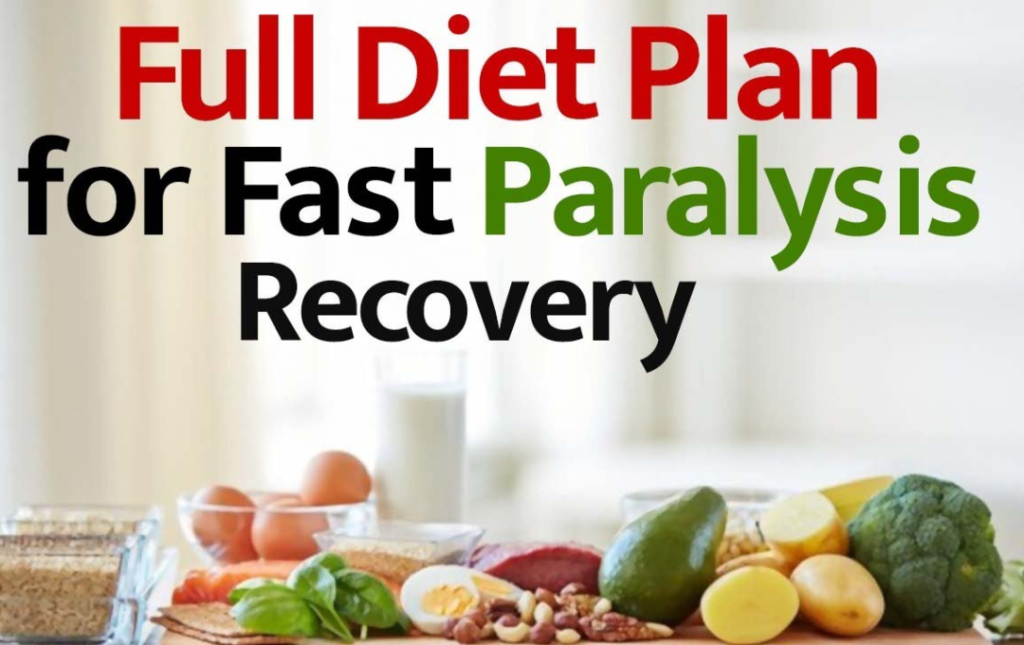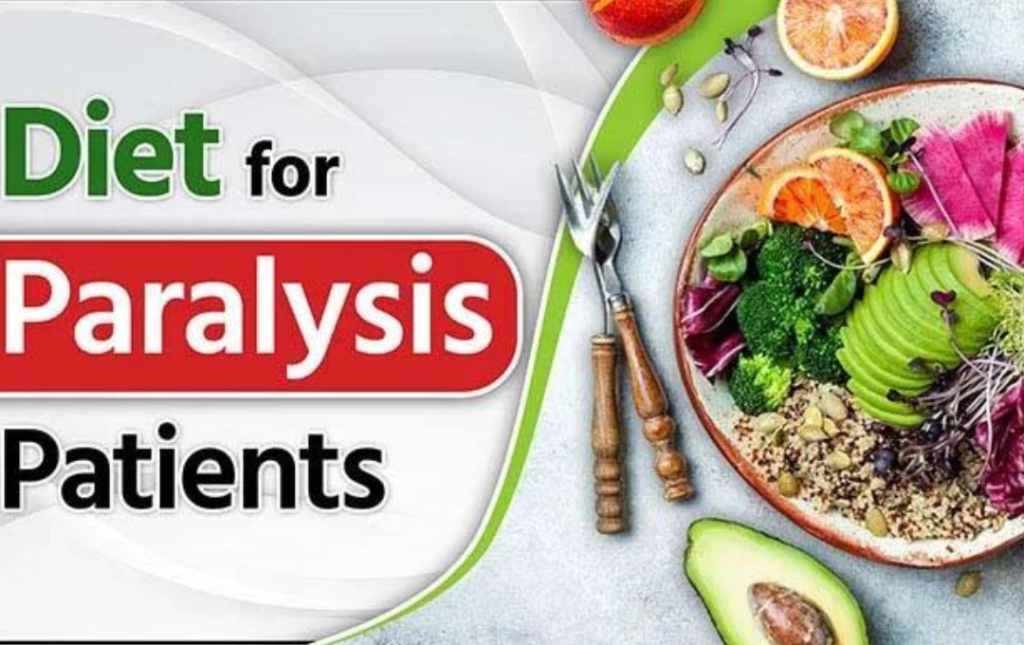Recovery from paralysis is a multi-faceted journey that requires a comprehensive approach, and one vital component is a well-balanced and nourishing diet. At Sukino Healthcare, we understand the critical role that nutrition plays in the rehabilitation journey of paralyzed patients. This comprehensive guide, titled The Ultimate Diet Guide for Paralysis Patients, aims to delve deep into the essential principles of nutrition, offering valuable insights into crafting a diet that not only supports recovery but also enhances overall well-being and improves the quality of life for individuals on this challenging path.
How Important is Nutrition for Paralyzed Patients?
Paralysis brings about profound changes in the body’s functionality, metabolism, and nutritional requirements. Proper nutrition becomes a paramount aspect of supporting the healing process, preventing complications, and aiding in rebuilding strength and mobility. When faced with the unique challenges that paralysis presents, maintaining optimal nutrition becomes an essential part of the equation. A well-structured diet plan can significantly contribute to the patient’s overall rehabilitation journey, facilitating the restoration of bodily functions and fostering a positive mindset.
The creation of a nutrition plan tailored specifically for paralysis patients requires a thoughtful blend of macronutrients, micronutrients, and hydration. Essential nutrients such as proteins, carbohydrates, fats, vitamins, and minerals work in harmony to promote healing, prevent muscle atrophy, bolster the immune system, and support various bodily functions. Our paralysis patient nutrition plan is meticulously designed to cater to these unique needs, focusing on providing the right balance of nutrients to aid in recovery and improve overall quality of life.
Healthy Eating Tips for Paralysis Recovery:
Navigating the world of nutrition can be overwhelming, especially when dealing with paralysis recovery. Here are some healthy eating tips for paralysis recovery that can provide guidance and clarity:
- Protein-Rich Foods: Protein serves as the building block for tissues and muscles. It’s crucial for tissue repair, wound healing, and muscle maintenance. Incorporate lean sources of protein such as poultry, fish, eggs, legumes, and dairy products into your diet to ensure an adequate intake of this essential nutrient.
- Hydration Matters: Staying hydrated is vital for everyone, but it holds even more significance for paralysis patients. Adequate hydration supports bodily functions, aids in digestion, and helps prevent complications like urinary tract infections. Sip water regularly and consider including hydrating foods like fruits and vegetables that have high water content.
- Balanced Nutrient Intake: Aim for a well-rounded diet that includes whole grains, lean proteins, healthy fats, and a variety of colorful fruits and vegetables. This balanced diet for mobility-impaired individuals approach ensures that you receive a diverse array of nutrients necessary for your body’s recovery and overall well-being.
- Incorporate Omega-3 Fatty Acids: Omega-3 fatty acids are known for their anti-inflammatory properties and their positive impact on brain health. Foods like fatty fish (salmon, mackerel, sardines), flaxseeds, and walnuts are excellent sources of these beneficial fats.
- Moderate Carbohydrates: Carbohydrates provide the body with energy, which is essential for daily activities and the rehabilitation process. Opt for complex carbohydrates like whole grains, fruits, and vegetables, as they release energy gradually, ensuring a steady source of fuel for your body.

Sample Diet Chart for Paralysis Patients:
A sample diet chart can serve as a practical reference for constructing meals and snacks that align with the nutritional needs of paralysis patients:
- Breakfast:
- Scrambled eggs with sautéed spinach and whole-grain toast
- Fresh fruit salad (berries, melon, kiwi)
- Herbal tea or water
- Mid-Morning Snack:
- Greek yogurt with mixed berries and a drizzle of honey
- Lunch:
- Grilled chicken breast with quinoa and a side of steamed vegetables (broccoli, carrots, snap peas)
- Mixed green salad with olive oil and lemon dressing
- Afternoon Snack:
- Carrot and cucumber sticks with hummus
- Dinner:
- Baked salmon with brown rice and a medley of sautéed vegetables (zucchini, bell peppers, asparagus)
- Mixed fruit smoothie (banana, berries, mango, almond milk)
Nutrition Strategies for Paralysis Patients:
Crafting effective nutrition strategies for paralysis patients involves understanding the specific needs of the body and tailoring dietary choices accordingly:
- Maintaining a Caloric Balance: Paralysis can affect energy expenditure, making it crucial to balance caloric intake with energy burned. This helps prevent undesirable weight gain or loss, both of which can impact recovery.
- Supporting Bone Health: Limited mobility may affect bone health. Including calcium-rich foods like dairy products, fortified plant-based milk, leafy greens (kale, collard greens), and almonds can help maintain bone strength.
- Minimizing Inflammation: Foods rich in antioxidants and anti-inflammatory properties can support the body’s healing process. Berries, nuts, green tea, turmeric, and fatty fish are excellent choices.
- Focusing on Fiber: A diet rich in fiber from whole grains, fruits, and vegetables supports digestive health, prevents constipation, and promotes a healthy gut microbiome.
Foods to Support Paralysis Rehabilitation:
Certain foods are particularly beneficial for supporting paralysis rehabilitation due to their nutrient content and potential to aid in recovery:
- Leafy Greens: Dark leafy greens like spinach, kale, and Swiss chard are rich in vitamins (A, C, and K), minerals (calcium, and magnesium), and antioxidants that play a role in tissue repair and immune function.
- Lean Proteins: Lean sources of protein like poultry, fish, tofu, and legumes provide essential amino acids that contribute to muscle maintenance and repair.
- Colorful Fruits and Vegetables: Vibrant fruits and vegetables offer a spectrum of vitamins, minerals, and antioxidants that promote overall health, combat inflammation, and provide essential nutrients for recovery.
- Nuts and Seeds: Nuts and seeds are packed with healthy fats, protein, and important nutrients like vitamin E and zinc. They support immune function, tissue repair, and overall well-being.
- Whole Grains: Incorporating whole grains such as quinoa, brown rice, and whole-wheat products provides sustained energy, fiber, and important nutrients that contribute to the healing process.
Conclusion
At Sukino Healthcare, our dedication to the holistic well-being of paralysis patients extends to providing comprehensive nutritional guidance. This Ultimate Diet Guide for Paralysis Patients offers a deep understanding of the role nutrition plays in recovery and outlines practical steps to crafting a diet that enhances healing, supports bodily functions, and promotes a higher quality of life. Embracing a balanced and nutritious diet is not only an essential component of the rehabilitation journey but also an investment in a brighter and healthier future. Remember that individual dietary needs may vary, and consulting with healthcare professionals can help create a personalized nutrition plan that aligns with your unique circumstances. By nourishing the body with intention, you can embark on a journey of recovery that’s grounded in optimal nutrition and well-being.
We are India’s first comprehensive continuum care provider. We provide multidisciplinary out of hospital care to acute and post-acute and chronically ill patients at our critical care facilities and your home.

